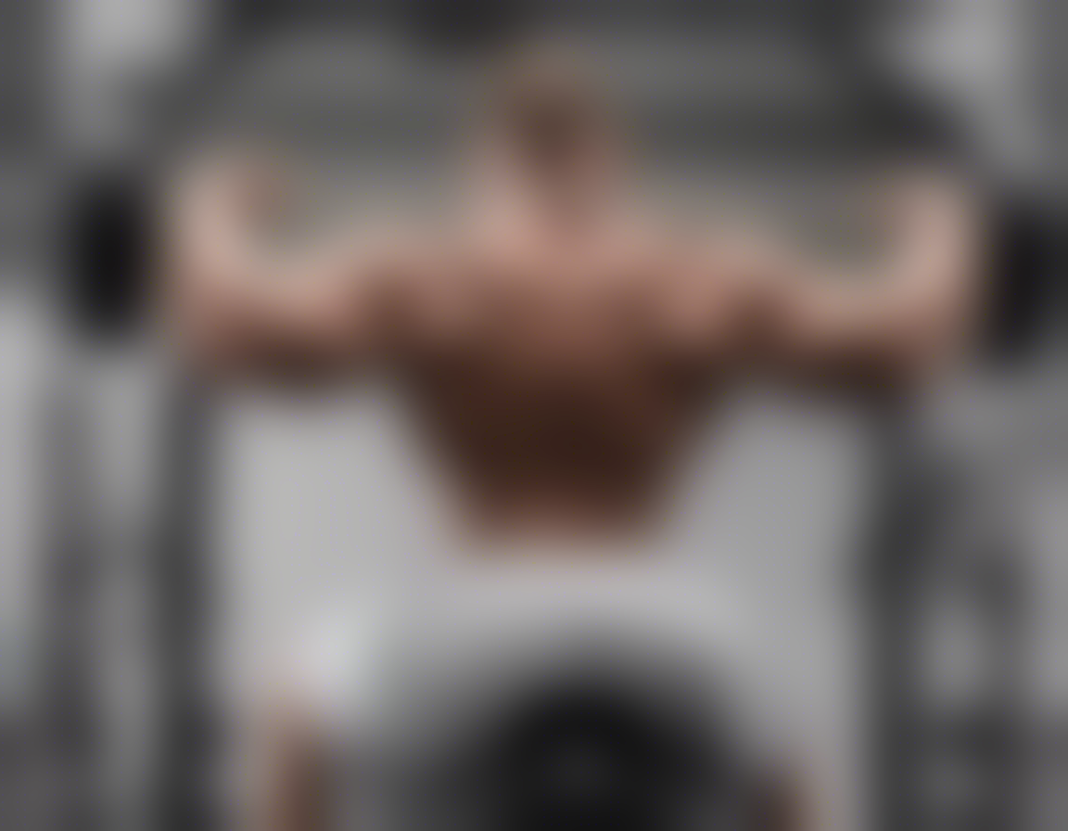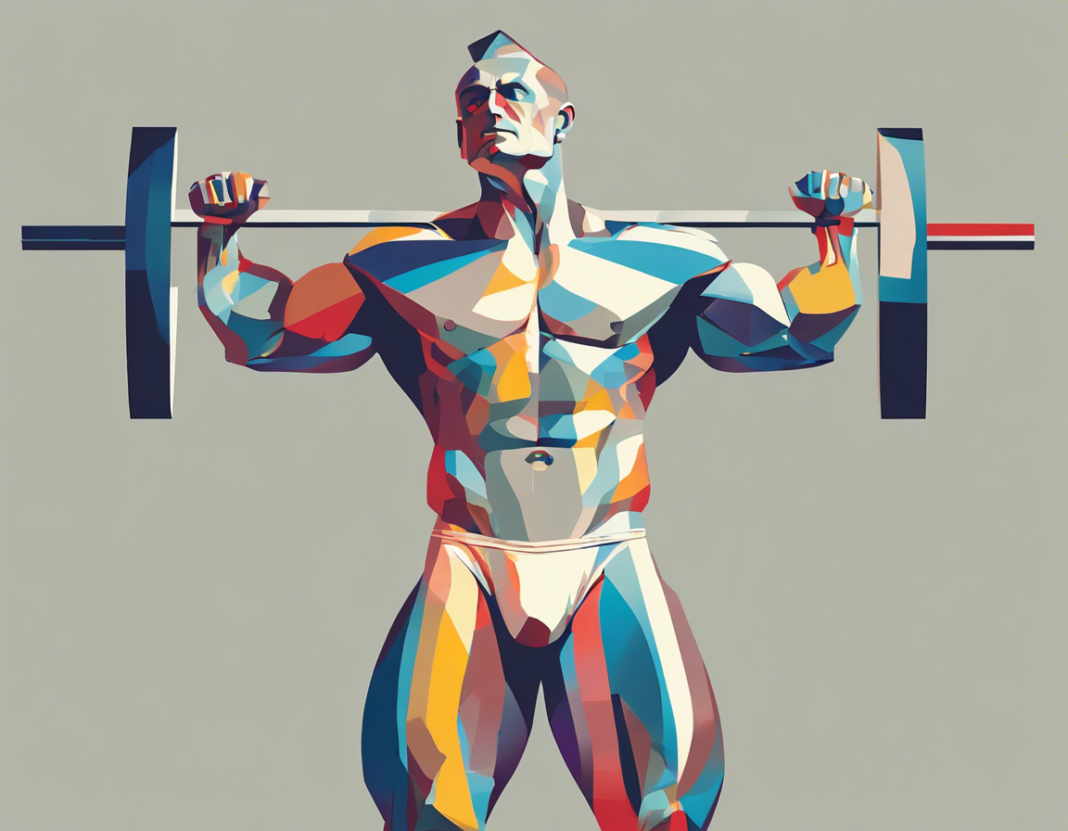The Bottom Line:
- The importance of focusing on specific lat exercises for building a bigger, wider back
- Understanding the anatomy of the latissimus dorsi muscle and its role in back development
- The significance of applying stretch and load to promote muscle hypertrophy
- Recommended exercises include the kneeling single arm pull down and a row variation to target different parts of the lat muscle
- Tips on exercise execution and variations to maximize lat development efficiently
The Science Behind Lat Growth
When it comes to lat exercises, there are numerous options available. However, focusing on the right lat exercises is crucial for building a bigger and wider back effectively.
Understanding the Latissimus Dorsi
When we talk about lats, we are referring to the latissimus dorsi muscle. To target this muscle effectively, it’s essential to understand its anatomy and how certain exercises can maximize its development.
The Importance of Stretch and Load
One key principle in muscle hypertrophy is applying a stretch to the muscle while also applying load. The attachments of the latissimus dorsi muscle extend from the arm to the hip, making exercises that create a full range of motion crucial for optimal growth.
The kneeling single-arm pull-down exercise is a highly effective move for targeting the upper outer portion of the lats. By kneeling and using a pronated grip, you can maximize the stretch on the muscle and minimize bicep involvement, leading to better lat activation.
Vertical pulling exercises are ideal for building the upper lats, and by performing the kneeling single-arm pull-down correctly, you can fully engage the lats and promote growth.
The Power of Rows
In addition to vertical pulling exercises, rows play a significant role in lat development. Performing rows with a focus on pulling the elbow back tight against the body activates the lats effectively, targeting the mid- to lower-back region.
Utilizing heavier weights during row exercises can provide a strong stimulus for lat hypertrophy. If traditional rows cause discomfort, chest-supported rows offer a viable alternative to target the lats without straining the lower back.
By combining the kneeling single-arm pull-down with rows, you create a well-rounded lat workout that addresses both width and thickness in the back. These two exercises, when performed correctly, can help you achieve significant gains in your lat development.
Exercise 1: Kneeling Single Arm Pull Down
Optimizing Lat Development with Kneeling Single Arm Pull Down
When it comes to targeting the upper outer portion of the lats effectively, the kneeling single-arm pull-down exercise is a standout choice. By adopting a kneeling position and using a pronated grip, you can create maximal stretch on the muscle while minimizing bicep involvement, leading to enhanced activation of the lats.
Vertical pulling exercises are known for their effectiveness in building the upper lats. By performing the kneeling single-arm pull-down with precision, you can fully engage the lats and stimulate growth in this key area of the back.
Executing the Kneeling Single Arm Pull Down
Grasping the handle with a pronated grip is essential to reduce bicep engagement and focus the effort on the lats. By fixing the elbow in place and directing it towards the hip during the movement, you can ensure optimal activation of the targeted muscles.
To achieve a full range of motion and a deep contraction in the lats, extend your arm in front of you, lock the angle, and drive the movement downwards towards your hip. Maintaining proper form and alignment throughout the exercise is crucial for maximizing the benefits on the lats.
Enhancing Lat Development with Rows
In addition to vertical pulling exercises, rows play a significant role in targeting the mid- to lower-back region for overall lat development. Performing rows with a focus on pulling the elbow back tight against the body can effectively activate the lats and promote thickness in the back.
Using heavier weights during row exercises provides a strong stimulus for lat hypertrophy. For individuals experiencing discomfort with traditional rows, chest-supported rows offer a viable alternative to effectively target the lats without straining the lower back.
By incorporating the kneeling single-arm pull-down and rows into your workout routine, you can create a well-rounded approach to lat training that emphasizes both width and thickness in the back. These two essential exercises, when executed correctly, can lead to significant gains in lat development over time.
Optimizing the Stretch and Range of Motion
Optimizing the Stretch and Range of Motion
When aiming to maximize your back gains, focusing on optimizing the stretch and range of motion in your lat exercises is paramount. By understanding how to effectively target the latissimus dorsi muscle through specific movements, you can enhance your lat development significantly.
Maximizing Muscle Activation
One crucial aspect of muscle hypertrophy is creating a full range of motion while applying sufficient load. The latissimus dorsi muscle attaches from the arm to the hip, emphasizing the importance of exercises that allow for a complete stretch and engagement of the muscle fibers.
The kneeling single-arm pull-down exercise stands out as an excellent choice for targeting the upper outer lats. By adopting a kneeling position and utilizing a pronated grip, you can optimize the stretch on the muscle, minimize bicep involvement, and enhance the activation of the lats, promoting growth effectively.
Vertical pulling exercises are particularly effective for developing the upper lats. When performed correctly, the kneeling single-arm pull-down can fully engage the lats, helping to stimulate growth in this key area of the back.
Enhancing Lat Development through Rows
In addition to vertical pulling exercises, incorporating rows into your workout routine plays a crucial role in targeting the mid- to lower-back region for comprehensive lat development. Focusing on pulling the elbow tight against the body during row exercises effectively activates the lats, contributing to increased back thickness.
Utilizing heavier weights during row movements can provide a robust stimulus for lat hypertrophy. For individuals experiencing discomfort with traditional rows, chest-supported rows offer a viable alternative to target the lats without straining the lower back, ensuring optimal muscle engagement.
By combining the kneeling single-arm pull-down with rows in your training regimen, you can create a well-rounded approach to lat training that emphasizes both width and thickness in the back. These two essential exercises, when executed correctly, have the potential to yield significant gains in lat development over time.
Exercise 2: Perfecting the Row Technique
Mastering the Row Technique
When it comes to maximizing your back gains, perfecting the row technique is vital for effective lat development. Rows play a significant role in targeting the mid- to lower-back region and activating the lats efficiently.
Focus on pulling the elbow back tight against the body during row exercises to ensure optimal activation of the lats. This movement targets the muscles responsible for pulling the arm towards the center of the back, promoting thickness in the back area.
Utilizing heavier weights during row movements provides a robust stimulus for lat hypertrophy. The overload from heavier weights is crucial for promoting muscle growth, making rows an essential exercise in your routine.
Optimizing Your Row Form
If traditional rows cause discomfort, consider incorporating chest-supported rows into your workout routine. This alternative allows you to target the lats effectively without straining the lower back, ensuring optimal muscle engagement.
In a chest-supported row, the focus is solely on pulling with the lats and getting the elbows back behind you without the need to stabilize using the lower back. This variation provides a way to reap the benefits of row exercises while minimizing potential back strain.
While transitioning to performing rows on your feet is ideal in the long term, starting with chest-supported rows can help you master the exercise and experience its benefits without compromising your form.
Combining Rows for Comprehensive Lat Development
By incorporating the kneeling single-arm pull-down with rows in your training regimen, you create a well-rounded approach to lat training that targets both width and thickness in the back. These two essential exercises, when executed correctly, work together to yield significant gains in lat development over time.
With a focus on mastering the row technique and optimizing your form, you can enhance your lat gains and overall back development. Incorporate these strategies into your workout routine to experience improved results and maximize your back gains effectively.
Alternative Rows for Back Health
Alternative Strategies for Back Health
While the kneeling single-arm pull-down and rows are essential exercises for lat development, it is beneficial to explore alternative approaches to support back health and maximize gains.
Integrating Functional Movements
Consider incorporating functional movements that engage multiple muscle groups while emphasizing back stability and strength. Exercises such as deadlift variations, kettlebell swings, and farmer’s carries can enhance overall back health by promoting proper posture and core engagement.
Functional movements not only target the lats but also strengthen the entire posterior chain, including the lower back, glutes, and hamstrings. By diversifying your workout routine with these exercises, you can improve muscular balance and reduce the risk of back injuries.
Exploring Mobility and Flexibility Exercises
In addition to strength training exercises, prioritize mobility and flexibility movements to maintain optimal range of motion in the back. Incorporating stretches, yoga poses, and foam rolling into your routine can help alleviate muscle tightness and improve overall spine health.
Enhancing back flexibility is crucial for preventing stiffness and reducing the likelihood of discomfort or injury during workouts. By dedicating time to mobility exercises, you can promote better spinal alignment and support the longevity of your back health.
By diversifying your training regimen with functional movements, mobility exercises, and strength training variations, you can create a well-rounded approach to back health that complements traditional lat exercises. Building a resilient and strong back foundation is key to achieving long-term success in your fitness journey.





